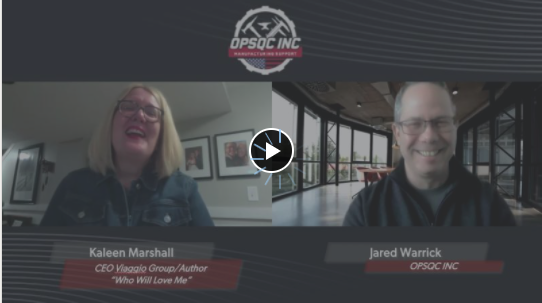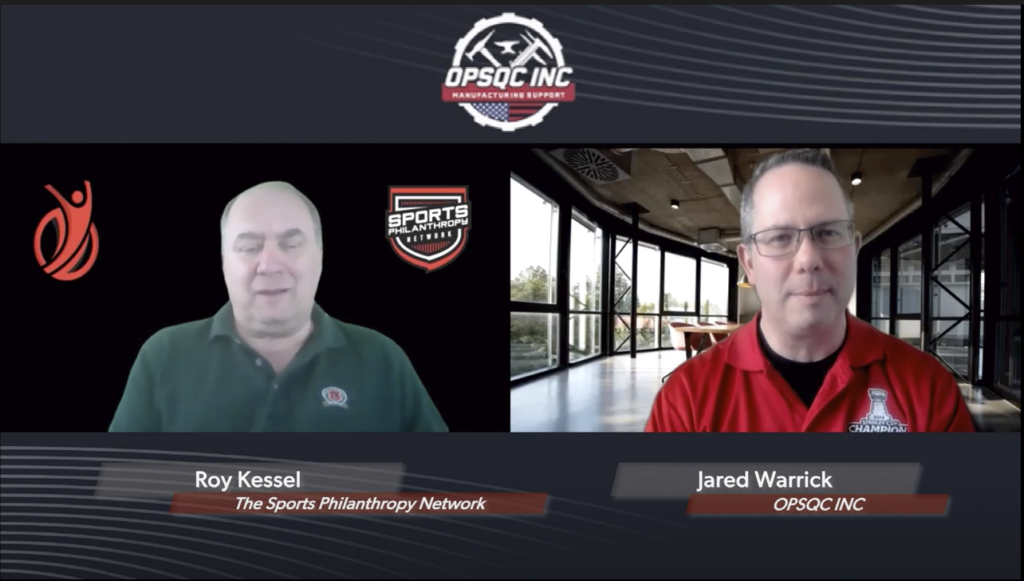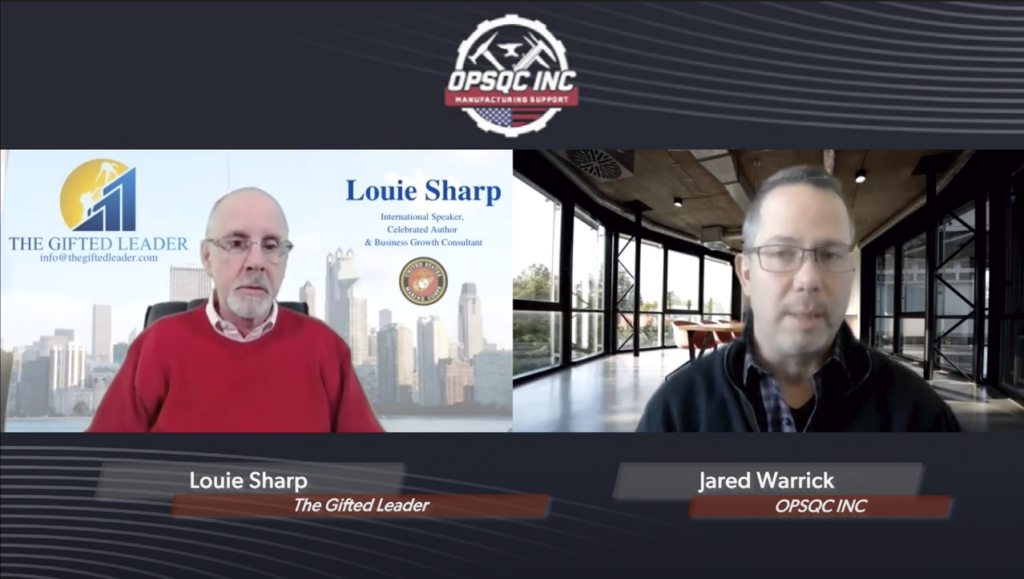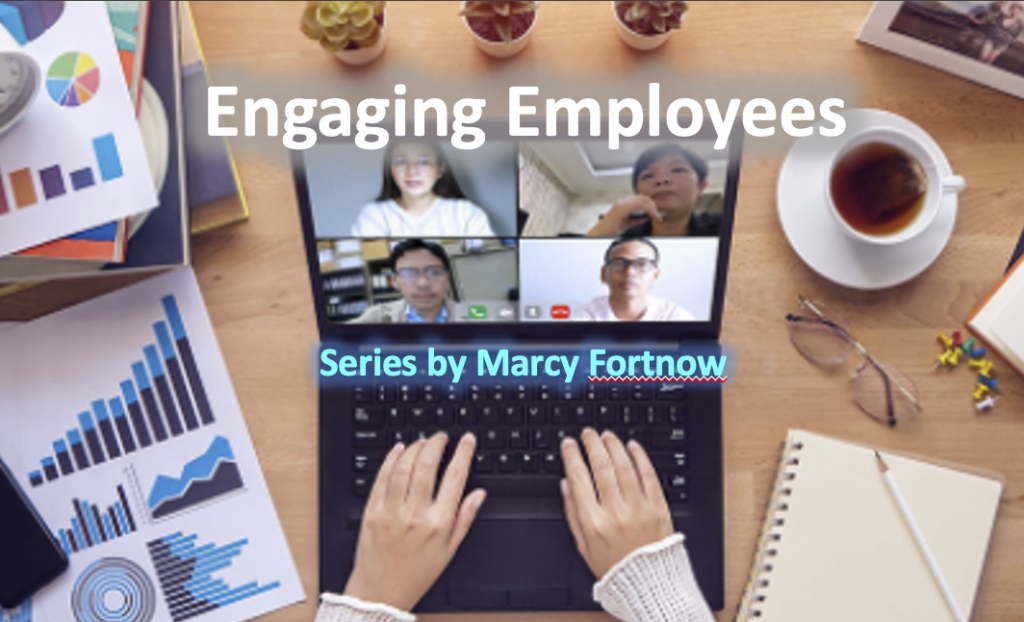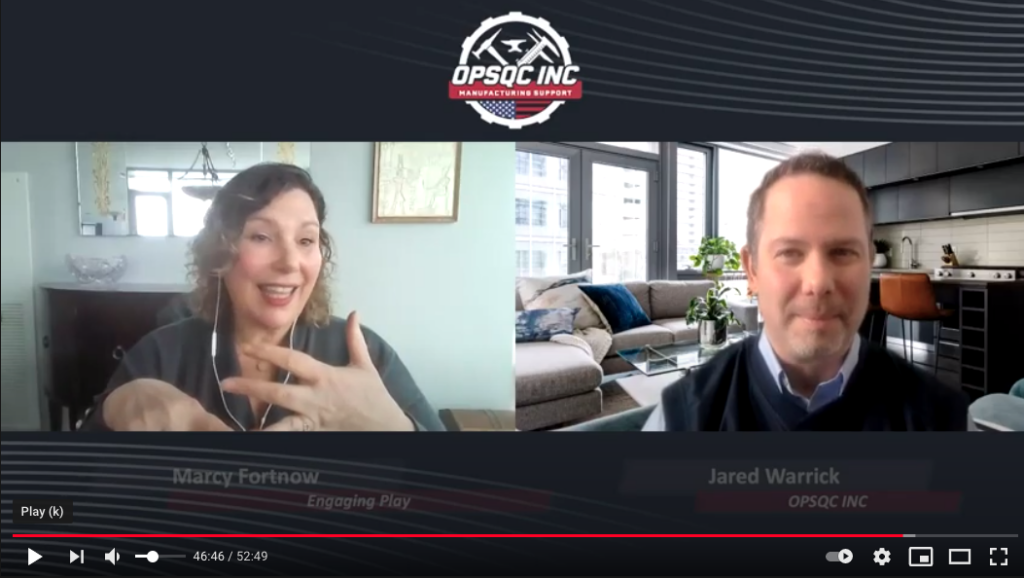Podcast_008: Kaleen Marshall – Founder of BellaViaggio/ Author “Who Will Love Me?”
Today we are featuring Kaleen Marshall, CEO of Viaggio Group, an author, and creator of the nonprofit BellViaggio. Kaleen is a professional coach and consultant focusing on leading children and adults with special needs to live a beautiful journey through life. Additionally, she works with caregivers, guardians and advocates on this same journey. Kaleen is an author of the book “Who Will Love Me” which focuses on her experiences when she became the unexpected caregiver to her sister with Downs Syndrome, after the untimely death of her mom. Listen this week as we explore what makes a community and how we are all stronger when we work together and listen to each other.

